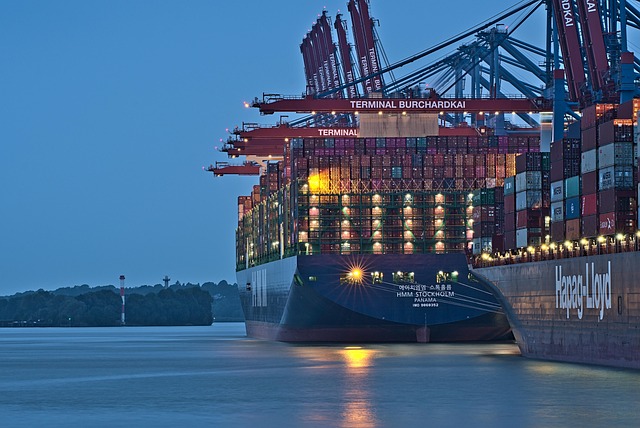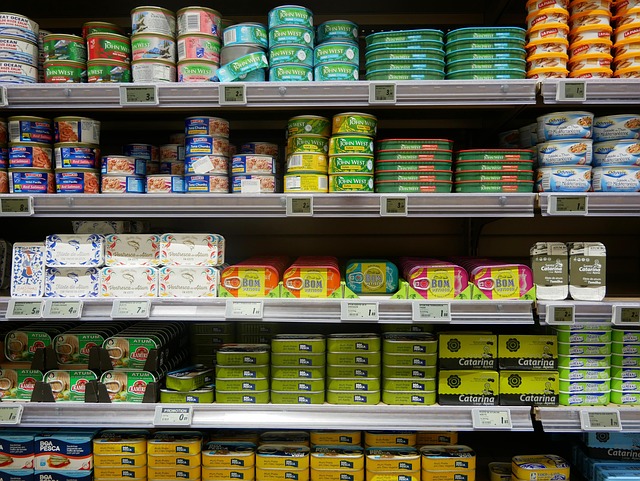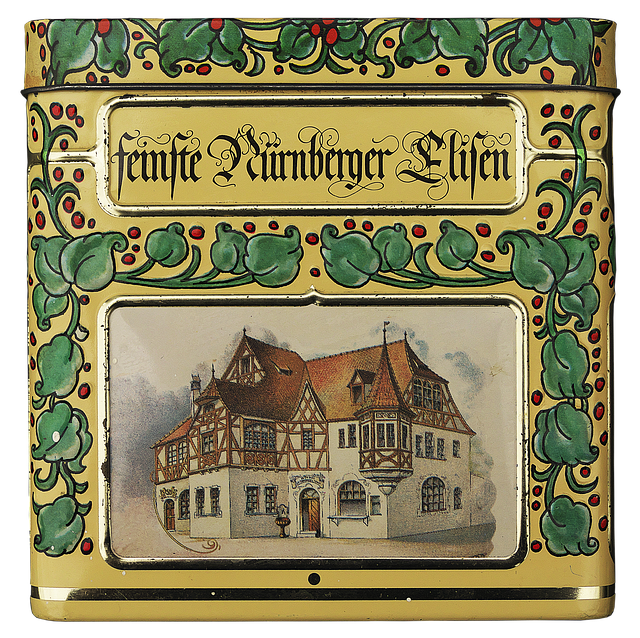Can You Trade in Binance? Complete 2025 Trading Guide
Author: Jameson Richman Expert
Published On: 2025-10-29
Prepared by Jameson Richman and our team of experts with over a decade of experience in cryptocurrency and digital asset analysis. Learn more about us.
Can you trade in Binance — yes, but the answer depends on what type of trading you want to do, where you live, and how comfortable you are with the platform’s products, fees, and security. This comprehensive guide explains step‑by‑step how to trade on Binance in 2025, the different markets and order types available, required documentation, fees, risk controls, regulatory considerations, and practical tips for beginners and active traders.

What is Binance and why people ask “can you trade in Binance”?
Binance is one of the world’s largest cryptocurrency exchanges by trading volume. It offers spot trading, margin, futures, peer‑to‑peer (P2P) trading, staking, savings products, and derivatives. Many traders ask “can you trade in Binance” because regulatory changes in different countries have altered access to some Binance products and services. Before you trade, it’s important to know which products are available to residents in your jurisdiction and what verification steps are required.
For an official overview of Binance’s history and large-scale footprint, see the Binance Wikipedia entry for background and references: Binance — Wikipedia.
Who can trade on Binance? Account eligibility and KYC
Eligibility to trade on Binance depends on your country of residence and whether your country is restricted. Most users must complete KYC (Know Your Customer) verification to unlock higher deposit and withdrawal limits and access margin/futures products.
- Basic access: Some countries allow registration and limited spot trading after email verification.
- Full access: KYC (ID and selfie) is required for higher limits and derivatives.
- Restricted access: Certain jurisdictions prohibit derivatives or margin trading; in some places Binance has restricted or modified services to comply with local rules.
To create an account on Binance, you can use the official registration link: Register at Binance.
Can you trade in Binance in your country?
To confirm availability for your country:
- Check Binance’s official country listings and product availability in the account registration process.
- Search your local regulator’s guidance (for example, the UK Financial Conduct Authority or the U.S. Securities and Exchange Commission) to see if the regulator has any restrictions.
- If you’re unsure, contact Binance Support or refer to the country-specific announcements on the Binance website.
Relevant regulators include the U.S. SEC: U.S. Securities and Exchange Commission, and the UK Financial Conduct Authority: FCA — UK.

Types of trading available on Binance
Binance offers a variety of trading products designed for different risk appetites and strategies:
- Spot trading: Buy and sell crypto for immediate settlement. Ideal for beginners.
- Margin trading: Borrow funds to amplify positions (higher risk).
- Futures trading: Perpetual and fixed‑date contracts with leverage.
- P2P trading: Peer‑to‑peer fiat trading for local currency on/off ramps.
- OTC and brokerage services: For large block trades.
- Staking and savings: Earn yield on crypto holdings.
- Launchpad and token sales: Participate in new token offerings.
Which product is right for you depends on your goals, risk tolerance, and regulatory status. Spot trading is the simplest and is where most users start.
How to trade on Binance — step-by-step (Spot trading)
This step‑by‑step example shows how to place a basic spot trade on Binance.
- Create and verify your account: Register at Binance and complete KYC if needed: Open a Binance account.
- Secure your account: Activate two‑factor authentication (2FA) using Google Authenticator or SMS, set a strong password, and enable withdrawal whitelist if possible.
- Deposit funds: Deposit fiat via bank transfer or use P2P or deposit crypto from another wallet. Binance supports many fiat rails depending on your country.
- Choose a trading pair: For example, BTC/USDT for Bitcoin priced in Tether (USDT).
- Select order type: Market order (instant at current price) or Limit order (execute at specified price). More advanced orders include stop‑loss and OCO (one‑cancels‑the‑other).
- Place your trade: Enter amount and confirm. Check the trade history and balances after execution.
- Withdraw or manage holdings: Move funds to cold storage if long‑term or use Binance’s staking/saving options to earn yield.
Example: Placing a Limit Buy
Suppose BTC is trading at $50,000 and you want to buy at $48,000:
- Open BTC/USDT, choose Limit, set price $48,000, enter the amount of BTC or USDT you want to use, and click Buy BTC. The order sits on the order book until the market reaches your price.
Order types explained
- Market order: Executes immediately at the best available market price.
- Limit order: Executes at a specified price or better.
- Stop‑limit / stop‑market: Trigger an order when a stop price is reached (used for risk management).
- OCO (One Cancels the Other): Combine a stop and limit to manage both profit targets and stop losses in one instruction.
- Trailing stop: Dynamic stop that follows the price by a set percentage or amount.

Fees and costs when you trade in Binance
Fees are a key consideration for profitability. Binance’s fees vary by product and volume:
- Spot trading fees: Typically maker/taker model; the base fee can be reduced using BNB (Binance Coin) for fee discounts and with higher 30‑day trading volume.
- Futures fees: Lower fees but funding payments and liquidation risks apply.
- Withdrawal fees: Dependent on the cryptocurrency and network congestion.
- Deposit fees: Many crypto deposits are free; fiat deposits may incur fees depending on method.
Always check the official fee page for current rates and promotions. For general trading fee comparison and education, refer to Investopedia’s coverage of exchange fees: Investopedia.
Security, custody, and best practices
Security should be a priority whenever you trade in Binance or any exchange:
- Enable 2FA and confirm device authorizations.
- Use a unique email and strong password.
- Whitelist withdrawal addresses for cold wallets.
- Consider moving significant holdings to hardware wallets (cold storage).
- Be cautious with API keys — only grant necessary permissions and use IP restrictions.
Binance has implemented SAFU (Secure Asset Fund for Users) and other safety measures, but centralized exchanges carry custodial risk. For more on secure storage, review hardware wallets and best practices at university and official resources such as the National Institute of Standards and Technology (NIST): NIST.
Regulatory and tax considerations
Regulation is one reason people ask “can you trade in Binance.” Rules vary by jurisdiction and can change quickly. Key actions:
- Check local laws about cryptocurrency trading and reporting obligations.
- Maintain transaction records for tax reporting. Many exchanges provide transaction history downloads to help with taxes.
- Consider consulting a tax professional experienced in crypto taxation for your jurisdiction.
For U.S. tax guidance, the Internal Revenue Service provides resources about virtual currencies: IRS — Virtual Currency FAQs.

Advanced trading: Margin, futures, and derivatives
Advanced products can increase returns — and risk. Before using leverage, understand liquidation mechanics, margin calls, and funding rates:
- Margin trading: Borrowed capital amplifies gains and losses; maintain margin ratio to avoid liquidation.
- Futures: Use appropriate position sizing and risk management. Perpetual futures have funding rates that can be positive or negative depending on market demand.
- Options: Not available in all regions; options require a solid understanding of Greeks and risk management.
If you want to explore trading strategies and short‑term approaches, a practical resource is the day trading strategies guide: Ultimate Guide to Day Trading Strategies (PDF).
Is spot trading on Binance allowed under Islamic finance?
Many Muslim traders ask whether crypto trading is halal (permissible) or haram (forbidden). The answer can depend on the asset and how trading is structured. Spot trading, where you buy and own the underlying asset, is often treated differently from leveraged derivatives that may involve interest (riba).
For a discussion specific to crypto spot trading and Islamic rulings, see this Islamic finance guide: Is crypto spot trading haram? — Islamic guide.
Practical tips: How to trade safely and effectively on Binance
- Start with spot trading: Learn order types and the mechanics without leverage.
- Use small position sizes: Risk only a small portion of your capital per trade (e.g., 1–2%).
- Set stop losses: Protect your downside and define risk before entering a trade.
- Backtest strategies: Test ideas on historical data or use a demo/testnet if available.
- Stay informed: Follow market news and macro trends; use reputable news sources such as Reuters or CoinDesk for market updates.

Alternatives and comparison: If you can’t or choose not to trade on Binance
If Binance is not available or you prefer alternatives, reputable exchanges include MEXC, Bitget, and Bybit. You can register with these exchanges using the following referral links:
Each exchange has different product availability, fee structures, and jurisdictional restrictions. Compare security features, insurance funds, and user reviews before committing significant funds.
Binance in 2025: Is it still a leading trading platform?
Binance’s position in 2025 depends on regulatory outcomes, product innovation, and market competition. For an analysis focused on trading suitability in 2025, read this detailed review: Is Binance good for trading in 2025?.
Key considerations for 2025:
- Regulatory clarity in major markets — which affects product availability.
- Security and platform uptime — essential for active traders.
- Fee competitiveness vs. alternatives.
- Innovation — new products like tokenized assets or improved custody solutions.
Common questions traders ask: Quick answers
Can you trade in Binance without KYC?
Limited trading might be possible without KYC in some jurisdictions, but most features, higher limits, and derivatives require KYC completion. For reliability and access, complete KYC.
Is Binance safe for beginners?
Binance is feature‑rich and suitable for beginners if you stick to spot trading and follow security best practices. Beginners should avoid leveraged products until they understand the risks.
How much does it cost to start trading?
Costs include deposit methods (bank fees), trading fees, and potential withdrawal fees. Many people start with a modest amount (e.g., $50–$200) to learn the platform before scaling up.
Can I use bank transfers to fund Binance?
Many regions support bank transfers via local payment rails or third‑party partners. Availability depends on your country and the fiat options enabled in your account.

Strategy ideas for traders on Binance
Here are realistic strategy outlines for different trader types:
- Long‑term (HODL): Buy quality projects and hold in cold storage. Use dollar‑cost averaging (DCA).
- Swing trading: Use technical analysis to trade trends over days to weeks. Use trend indicators (EMA, MACD) and risk management with stop losses.
- Day trading: Short‑term trading using intraday momentum. Requires fast execution, liquidity, and tight risk control. For day trading tactics, see this day trading strategies resource: Day Trading Strategies Book.
- Arbitrage: Exploit price differences across exchanges. Requires fast transfers and careful fee calculation.
Risk management checklist before you trade
- Decide your maximum risk per trade (e.g., 1% of trading capital).
- Set a stop loss and target before entering.
- Use position sizing to align risk with stop distance.
- Keep a trading log with entries, exits, rationale, and outcome.
- Review monthly performance and refine the strategy.
Community, education, and ongoing learning
Continued education improves trading outcomes. Resources include:
- Official Binance Academy content for beginners and advanced traders.
- Reputable books and guides on technical analysis and risk management.
- Community forums and verified social channels, but always verify information before acting.
If you’re curious about the ethical and religious aspects of trading strategies and finance, this source explores topics in local languages and contexts: Islamic finance and crypto discussions.

Final checklist: Before you place your first Binance trade
- Create and secure your account with 2FA.
- Complete KYC if you need higher limits or advanced products.
- Start with spot trading and small amounts.
- Learn order types and practice with limit orders.
- Understand fees and tax reporting requirements.
- Consider alternatives if Binance services are restricted in your location (MEXC, Bitget, Bybit links above).
Conclusion — Can you trade in Binance?
Yes, you can trade in Binance if your jurisdiction allows it and you follow the platform’s verification and security requirements. Binance offers a wide range of products for different trader profiles, but regulatory developments and personal risk tolerance should guide your choices. Start with spot trading, master order types and security, and expand into advanced products only after mastering risk management.
Use the official registration link to get started on Binance: Register at Binance. If Binance isn’t suitable or available, consider alternative exchanges such as MEXC, Bitget, or Bybit.
For more in‑depth reading on trading strategies, Islamic perspectives on crypto trading, and analysis of Binance’s prospects in 2025, see the linked resources throughout this guide.